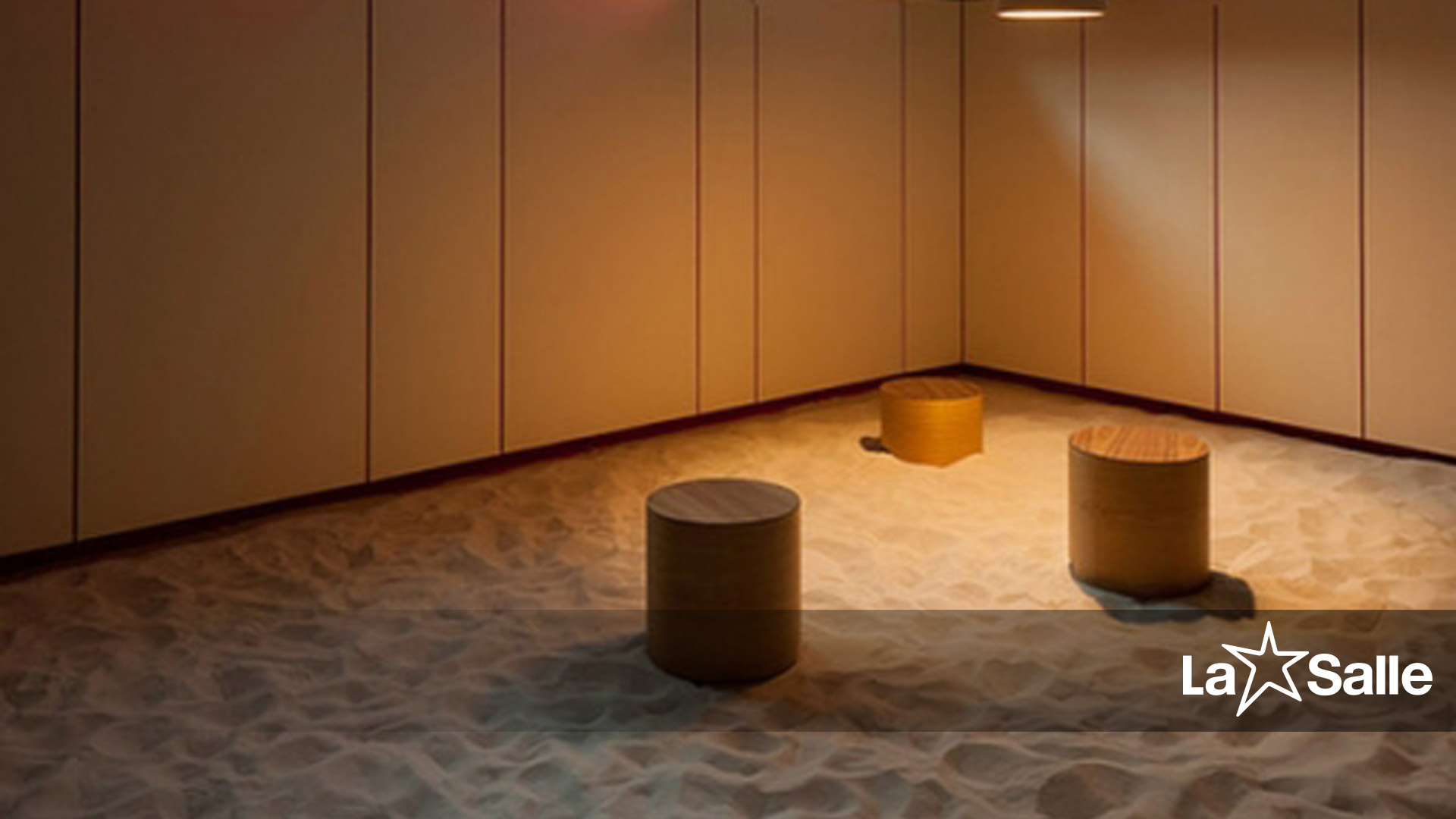Herman Lombaerts and Joke Maex
The art book 2020, created by the photographer Geert Goiris, intends to draw the attention upon the spiritual or religious transition many are experiencing today. In a sense it empathises with the widespread withdrawal of Christians from the institutional ecclesial practice or religious belonging.
Opening and exploring the book is a visual as well as a tactile contemplative experience of space and interiority. It reflects an obvious analogy with the overwhelming visit of the newly created space itself (2011). The photographs offer sights of an intriguing room in which people can find support for their personal search for meaning or religious affinity as well as for a different perception of the original roots of Christian faith.
When facing the far-reaching transition, the traditionally Christian European populations opted for, distancing themselves from the formal and public ecclesial life, Church and civil authorities alike are very concerned about the no longer frequently used patrimony. A lot of public money is invested in restoring often precious churches and chapels, in order to preserve them for the future. Strong economic, cultural, artistic and historical arguments support such a policy. Inevitably, people perceive these testimonies of a religious past more as places to be visited and admired, than as centres of a living faith community.
This publication intends to draw the attention upon another dimension of the shift as observed on the European continent. The editors think that we have to concentrate upon the people and the process they set up for themselves, when confronted with the question what Religion or Christian faith still stands for in the present society, when reflecting upon what happens to them in nearly every aspect of their existence. We want to join them at that point and offer an opportunity for exploring in truth their search and questioning. In that sense, the newly designed Chapel, as suggested in the photographs, confronts them with an athematic space where they may find another kind of attention and reconsider their choices when dealing with life and its possible – religious – meaning. This process also opens the possibility for people to recognize their personal doubts and most personal reflection in the core issues the Evangelists were struggling with when presenting and interpreting Jesus’ journey.
The original chapel(1924) was the community chapel of a retreat house of the Brothers of the Christian Schools. In 2011, the interior design of the Chapel was transformed into a white open space of which the experience of silence and authenticity are the most striking features.
The building is part of a historic site, that has been listed as a conservation area since 1996. Its history began circa 1124 with the foundation in Bijgaarden of a contemplative community of Benedictine nuns by Wivina (1103-1170) and her companion Emwara. It became an independent priory in 1242 and was elevated to the status of abbey in 1549. The sisters were expelled from the abbey in 1796, following the French Revolution. The abbey buildings were sold and almost entirely destroyed. In part thanks to archaeological research, the remnants of the five historical churches (1129, 1177, 14th century, c. 1500 and 1513) and outbuildings have been uncovered.
From 1897 until 2008, the site belonged to the Brothers of the Christian Schools, who developed new buildings to accommodate their provincial headquarters, formation centre, care for the elderly, primary school and related services. Since 1995 and till today, the building has been known as the De La Salle Centre and has been the headquarters of the Flemish Lasallian Perspective (VLP), which is responsible for the educational and pastoral administration of the school network of the Brothers of the Christian Schools in Flanders.
The book of Geert Goiris, 2020, is published by Roma Publications, Amsterdam, in 2020.
Purchase is also possible via Photobook
Cost: 27,50 € + shipping costs.
* VLP (Flemish Lasallian Perspective)



